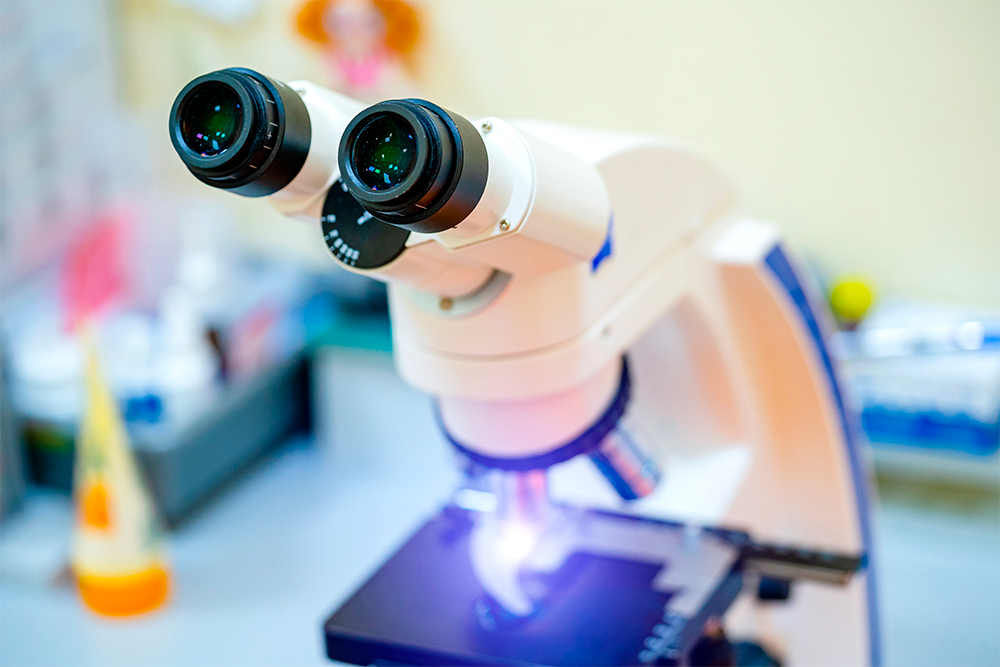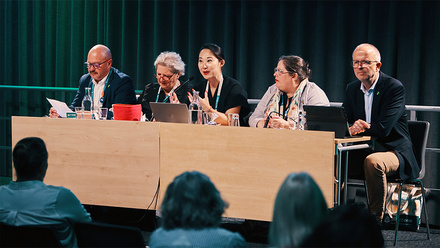5 tips for working with academic staff in the natural sciences

Many studies have reported difficulties with engaging academics in internationalisation, particularly in the natural sciences. Some researchers have even gone as far as picturing these academic staff members as the ‘enemies’ of internationalisation: allegedly, natural scientists consider themselves to be international already. Programming is programming, so to speak, and isn’t that the same thing all around the world?
But as a matter of fact, as practitioners and scholars working with internationalisation, we do not yet know much about how academic staff in the so-called ‘hard’ disciplines perceive and experience internationalisation. It seems high-time to move away from seeing them as blockers and strangers to internationalisation; instead, we could try to learn from and work with them.
Could it be that natural scientists are more internationally-oriented than we have often assumed?
Indeed, it seems we have all experienced many challenges and potential blockers working on curriculum internationalisation with academic staff. On the positive side, however, we have discovered ways to collaborate with them. In this blog, we share our insights based on our recent practices and research at the universities of Goettingen in Germany and Groningen in the Netherlands. Based on a change perspective, we provide some recommendations on how to enable academics in the natural sciences.
Beyond blockers and enablers
Studies about curriculum internationalisation have often suggested a lack of shared understandings and engagement from the academic staff, blocking the successful internationalisation of “their” programmes. Particularly the natural sciences have been pictured as not responsive or resistant to internationalisation. But perhaps we are the ones who should approach these supposedly non-interested academics differently?
In recent years, we learned more about how these natural scientists perceive and experience internationalisation. In our rapidly changing, increasingly globalised world, it seems only logical that it is no longer merely their ‘hard’ knowledge influencing curriculum internationalisation. More and more and all too clearly now with the COVID-19 pandemic, we observe how our changing external environment is reflected in more fluidity between disciplines, with more focus on customers, services and ethics in the natural sciences and more attention for students’ global employability and citizenship along with academic soft skills and attitude. These changes create new opportunities for all of us to join forces with natural scientists.
A change perspective
In fact, curriculum internationalisation has many features of a change process. The different participants need to be engaged to make the process effective and valuable, both for the individual and for the programme as well as the organisation. Translated to our practices in curriculum internationalisation, this means that we need to find out more about the perceptions and experiences of these academics with internationalisation and how they can be better engaged. Next, the ultimate trick is to organise this process of change, with sufficient resources, in a way that is appropriate for their specific context.
What do students need to become successful and empathetic members of intercultural lab teams?
With this lens from change, we can find opportunities rather than blockers to engage and enable these staff members. Perhaps these academics are not so uninterested or unwilling after all. And could it be that natural scientists are more internationally-oriented than we have often assumed? Based on some of our recent conversations with such academics, you can find below some suggestions how you could learn from and work with these ‘strangers’ in your context.
Engaging academics: 5 tips
1) Get to know their rationales
As with internationalisation efforts in any other discipline, it is vital to find out what academic colleagues’ main rationales are and how internationalisation is perceived and experienced in their courses, programmes and research. Create time and space for real conversations about internationalising academic programmes, beyond their day-to-day issues and problems, reflecting on ‘the way things have always been done’.
2) Explore a different setting
While in many other disciplines, lectures and seminars are the focal point for curriculum internationalisation, natural scientists also work a lot in laboratories and experiments. Another characteristic is that their technical content and research is already very international. As such, according to one programme director in Computing Science, they see internationalisation as: “rather smooth, natural and logical, interconnected with education and research, but also a minor issue.”
3) Focus on the development of their students’ soft skills
Similar to many other disciplines, soft skills and ethics have become increasingly relevant in the natural sciences. What do students need to become successful and empathetic members of intercultural lab teams? How can students recognise global implications of their work in the field and the lab? Take the development of international and intercultural competences to these new settings.
4) Connect to their internationalisation agendas
Work together to develop international career paths and attract international students who will stay in the country. Involve students and external expertise from, for example, employers and accreditation bodies to bring together different knowledge and serve different needs. A cooperation with non-university research institutions or companies can further enhance internationalisation activities.
5) Employ a strategic institutional approach
Like in any other discipline, curriculum internationalisation in the natural sciences requires an open, enabling institutional environment with sufficient resources, appropriate leadership and continuous professional development for all staff.
Programming is programming, so to speak – but how to apply it is different around the world
Going back to our alleged ‘enemies’ in the natural sciences, it seems that in a collaborative approach, we have many assets to build on, such as their internationally-oriented technical content, transnational research and networks, and a high number of international staff. If we can learn to work together, we will be able to bridge and improve our worlds. Programming is programming, so to speak – but how to apply it is different around the world.






